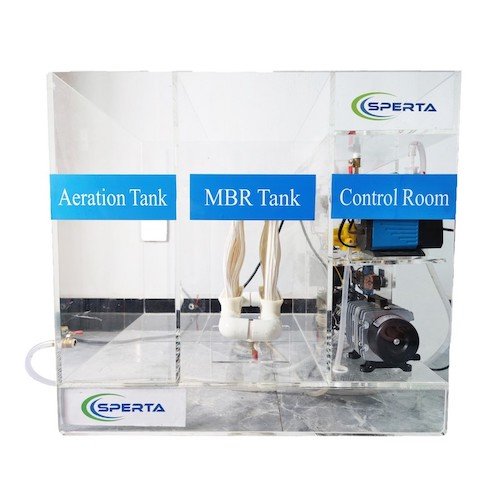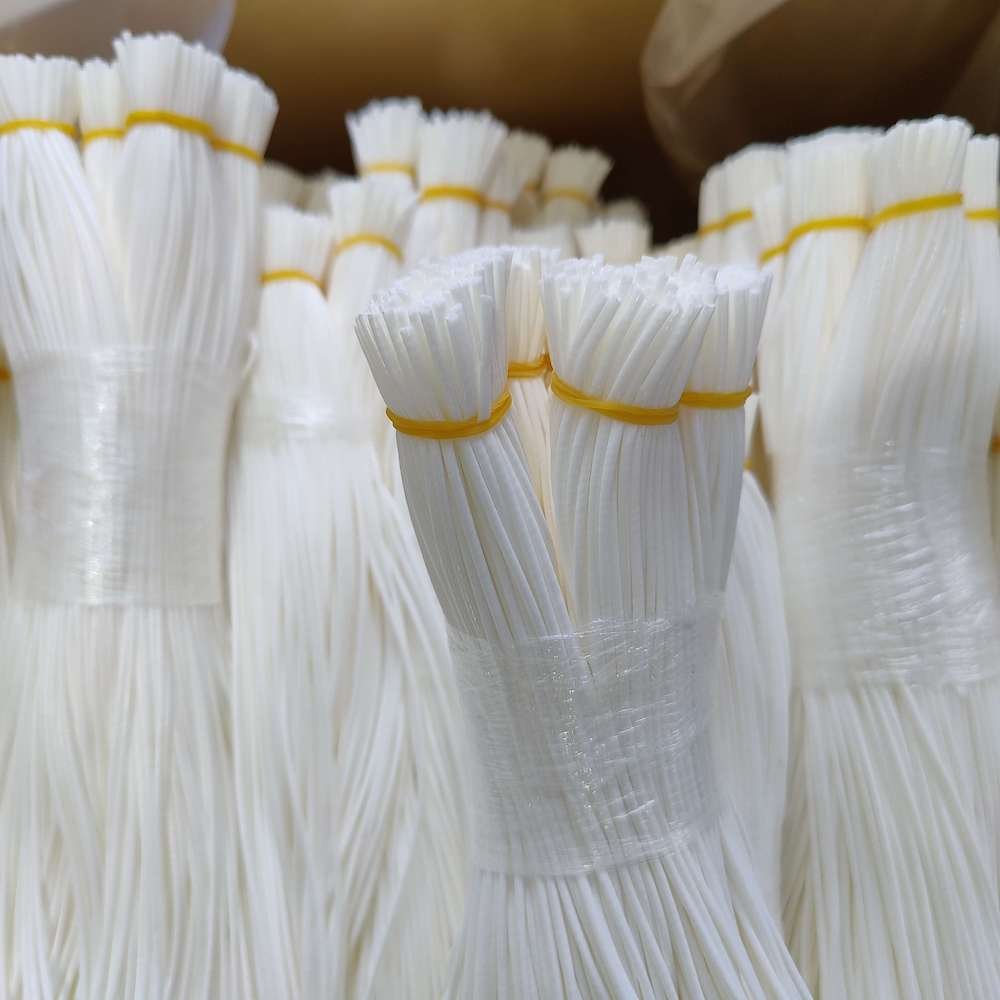Regarding wastewater treatment, Membrane Bioreactor (MBR) systems are breaking new ground. Any high-performance technology has its Achilles heel, and MBR is no exception. Its Membrane contamination is its Achilles heel. It can decrease efficiency and hike up costs. You may halt the operations if not kept in check.
The main culprits of membrane fouling are organic, inorganic, and colloidal. Biofouling, particulate, and chemical fouling will also have a certain impact on the membrane. Each type has its causes and effects. We should develop specific prevention and control strategies where necessary.
You’ll gain the insights needed to tackle them head-on as we unpack these fouling types. Now, let’s follow SPERTA and keep your MBR system running at peak performance.
What Exactly is Organic Fouling?
Organic fouling occurs when compounds like proteins, oils, and fats accumulate on the membrane surface. These organic substances can bind to the membrane. And water cannot easily pass through because of the sticky layer it creates.
How Does Inorganic Fouling Differ from Organic?
When minerals deposit on the membrane surface, inorganic or scaling fouling happens. There are various types of these minerals, such as calcium, magnesium, or silicates, precipitate. It can reduce membrane efficiency and increase operating pressures.
Why Should We Worry About Colloidal Fouling?
Colloidal particles are tiny particles that remain dispersed in the water. It will cause fouling by clogging the pores of the membrane. It can be a tricky issue to manage because they’re too small to settle out on their own.
Can Biofouling be Prevented?
Microorganisms often grow on the membrane surface. It always causes Biofouling. It’s one of the most challenging types of fouling to control because it can develop quickly and is often hard to remove altogether.
What’s the Deal with Particulate Fouling?
When larger particles get trapped in the membrane, particulate fouling happens—for instance, large particulate matter, including suspended solids or sediments. You can pretreatment the water properly before it reaches the MBR system. It effectively prevents large particles from entering the system.
Is Chemical Fouling a Common Issue in MBRs?
Some chemical reactions occur when sediments form on the membrane surface. Chemicals present caused it in the water. It also has to do with the chemicals used in the treatment process.
Conclusion
How do you keep your MBR system running efficiently? The best way is to understand the different types of fouling. By knowing how to prevent each class, you can avoid costly downtime and ensure that your system is running efficiently.
The above is information about the MBR membrane fouling. If you still have questions about the membrane bioreactor or need to purchase MBR membranes, don’t hesitate to contact SPERTA.
Shanghai SPERTA Environmental Technology Co., Ltd. has specialized in producing water treatment products for many years. The company has the core technology of producing MBR membrane components. It has a high production capacity, aiming to build a high-quality brand of MBR production and sales all over the world. If you have any needs, please feel free to contact us.












